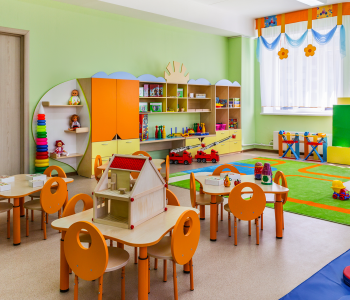 Education News
Education News
Childcare Affordability Crisis
Is the United States on the Brink of a Child-Care Affordability Crisis?
From New America – April 25, 2019. Elise Franchino
Labor costs remain one of the highest costs to child-care providers, at around 65 percent of operational costs. This muddies the minimum wage conversation in the child-care arena, and in some ways even puts working parents and their children at odds with providers. Labor costs can’t be offset by measures that other industries might take to absorb the impact of the minimum wage increase, like streamlining technology or hiring fewer workers. That’s because child-care centers require trained, human educators who are physically present, as well as low staff-to-child ratios to maintain safety and quality.
Costs to families are already burdensome. The average family pays around $9,000-9,600 annually for child care. Though the Department of Health and Human Services recommends that families pay no more than 7 percent of their income to child care, in 41 states and D.C., center-based care for an infant exceeds 10 percent of the median income for a married couple. For single-parent families, costs may exceed 40 percent of a parent’s average earnings. In the northeastern, midwestern, and southern parts of the country, child care costs more than a mortgage, and substantially more than college tuition.
All of which speaks to an important question: Who will—or should—shoulder the much-needed pay raise to child-care staff?









